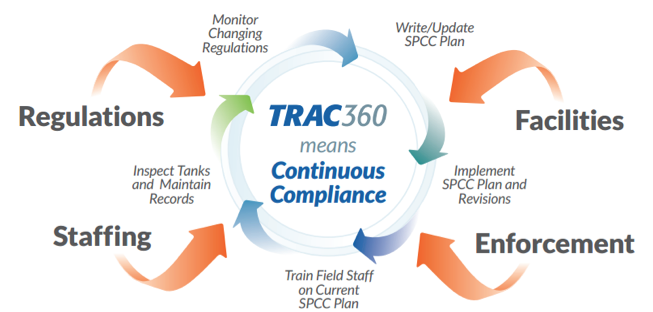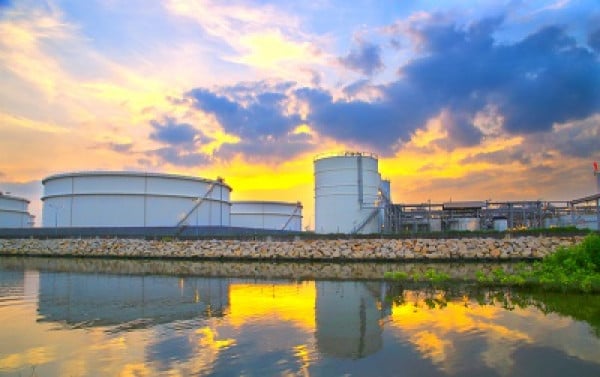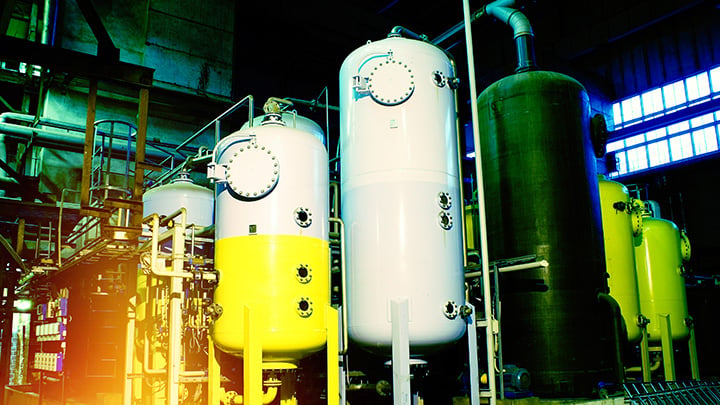Under the Clean Water Act, approximately 650,000 facilities are required to comply with SPCC regulations found at 40 CFR 112. These are non-transportation-related facilities with a total aboveground oil storage capacity of greater than 1,320 gallons (gal) or buried oil storage capacity greater than 42,000 gal. Because of their locations, many of these facilities are potential risks for discharging oil into navigable waters of the United States or adjoining shorelines.
According to an EPA estimate in the Revision of Information Collection Request (ICR) for the Oil Pollution Prevention Regulation for Certain Facilities to Prepare and Maintain an Oil Spill Prevention, Control, and Countermeasure (SPCC) Plan (Final Rule) (EPA No. 0328.15, OMB No. 2050-0021), the SPCC-regulated community is mostly made up of oil production facilities (34%), farms (23%), and electric utilities (10%). The other one-third of regulated facilities is made up of about 25 different industries, including chemical and metal manufacturers, mining, and transportation equipment and maintenance facilities.
Relevant Links
Topic Tools
Share this Topic
Contribute to Definition
We welcome updates to this Integripedia definition from the Inspectioneering community. Click the link below to submit any recommended changes for Inspectioneering's team of editors to review.
Contribute to Definition



















